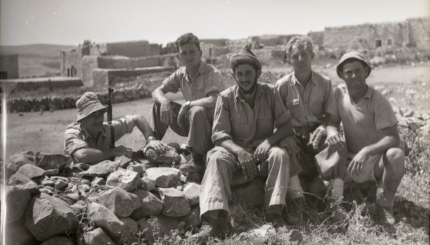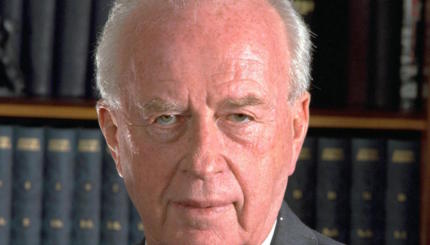The Western Wall (sometimes called the Wailing Wall, or the Kotel, the Hebrew word for wall) is one of the last remaining walls of the Temple Mount, the elevated plaza in the Old City of Jerusalem that was the site of both ancient Jewish temples. It is the holiest site in Judaism and a place of pilgrimage and prayer.
The holiness of the Western Wall derives from its proximity to the location where the ancient temples once stood and which today houses the Al Aqsa Mosque and the iconic gold-topped Dome of the Rock, the third holiest site in Islam, from which Muhammad is believed to have ascended to heaven. After the Second Temple was destroyed in by the Romans in 70 CE, the Western Wall became the closest Jews could come to the place where the Temple once stood. Opposite the wall is a large open plaza that leads into a gender-segregated place for prayer. Many have the custom of writing prayers on pieces of paper and placing them inside crevices of the wall.
For most of the period following the Temple’s destruction, the area in front of the Western Wall was narrow. After the establishment of Israel in 1948 and the War of Independence, the eastern portion of Jerusalem, including the Western Wall, came under Jordanian rule and Jews were unable to pray there. But during the 1967 Six-Day War, Israel reunified the city and recaptured the wall. An Israeli commander, Mordechai Gur, famously announced its recapture on his radio, excitedly declaring “the Kotel is in our hands.” Rabbi Shlomo Goren, then the Israeli military’s chief rabbi, blew the shofar to mark the momentousness of the occasion.
Since then, Israel greatly expanded the area for prayer at the wall and the surrounding plaza, but the site has been a consistent source of controversy. Violence has broken out there over the years, with Muslim worshippers occasionally hurling rocks and other projectiles from the mount above on Jewish worshippers below. Jewish groups have also contested the site, sometimes violently. A Jewish feminist group, Women of the Wall, have for years protested the control the Orthodox rabbinate exerts at the site and their inability to conduct women-led services there, occasionally resulting in scuffles with Orthodox worshippers. The Israeli government has sought for years to resolve the issue, including building an alternative site for egalitarian prayer nearby, but tensions persist.

Help us keep Jewish knowledge accessible to millions of people around the world.
Your donation to My Jewish Learning fuels endless journeys of Jewish discovery. With your help, My Jewish Learning can continue to provide nonstop opportunities for learning, connection and growth.



